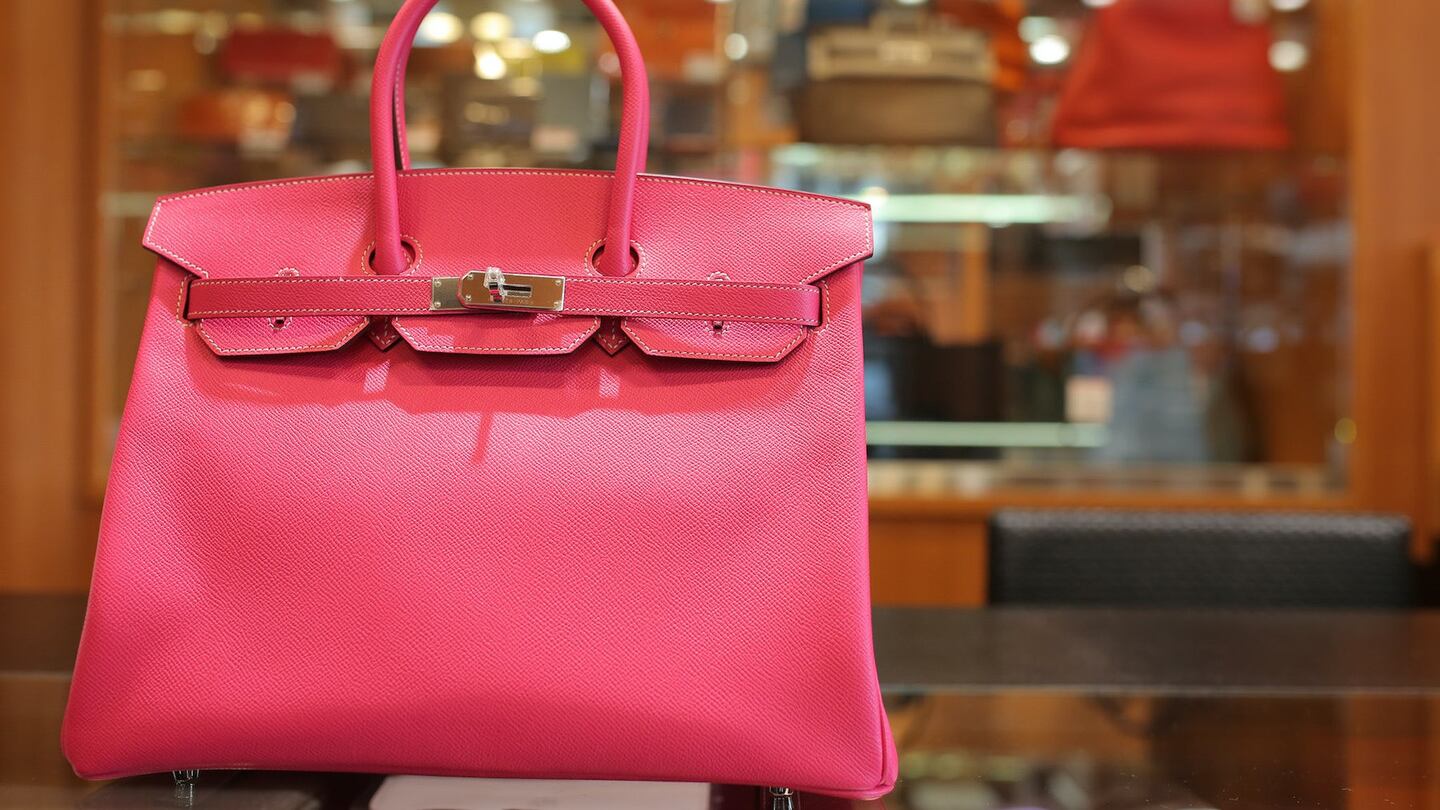
The Business of Fashion
Agenda-setting intelligence, analysis and advice for the global fashion community.

Agenda-setting intelligence, analysis and advice for the global fashion community.

PARIS, France — There's a fine balance between being luxury and being accessible and I think that some brands have mismanaged this. In the last several years, some big brands realised that they had become too available and accessible. The balance had tipped over.
Fashion houses that operate more accessible sub-brands — like, Burberry, which operates Burberry Brit and Burberry London — are rethinking this strategy. Burberry, for one, is pulling together all of its labels into one exclusive brand.
As part of their growth strategies during the recession, some fashion brands simply introduced too many accessible products. The thinking was that, if you can use an entry-level product to get the consumer hooked on the feeling that they are part of the brand, then they will keep buying into it. The consumers I’m talking about here are those who buy the lower-priced items, such as fragrances, that bring in a significant volume of luxury labels’ sales — not the two or three percent of people who consistently purchase the more expensive luxury items.
If you haven't built up a strong, powerful brand, this consumer desire won’t extend beyond the purchase of an entry-level item. Without a strong brand to aspire to, many of these “mass-market” consumers won’t progress from buying a fragrance, to a purse, to a higher-priced item. Rather, they will be satisfied with an entry-level product and then leave the brand.
ADVERTISEMENT
On the other hand, fashion houses with a strong luxury brand identity can foster such strong consumer desire for the brand, that buying one small product often isn't enough. The best way to create this identity is to build desire around flagship products. This is how some brands have extended into different, more accessible lines — which allow them to capture higher volumes of sales, whilst preserving the brand equity that creates strong consumer desire.
Take Hermès: Hermès is built around the desire for iconic items like the Kelly and Birkin bags. The company has also introduced a number of accessories that allow consumers to experience the brand at a much lower cost than a Birkin. However, because Hermès’ brand identity is closely associated with its flagship luxury items, buying into lower-cost accessories doesn’t fully satisfy consumer desire — meaning, they keep buying into the brand.
On the other hand, brands that don't have these iconic flagship products — such as Marc Jacobs, which, like Burberry, is also collapsing its more accessibly-priced sub-brand, Marc by Marc Jacobs, into the company's main line — face the problem that consumers buy into the lower-priced accessories and don't progress to higher-priced products. There's nothing more to drive the desire for the brand — there's no signature product.
Brands that don’t have an iconic, aspirational product that they can build desire around, have a lot more difficulty managing the extension into accessible lines. Louis Vuitton is another example: the label became very accessible through its range of monogrammed products, some of which had relatively low price points. However, in the last few years, the company has successfully changed its strategy, by moving its product portfolio away from monograms and focussing on iconic, signature handbags. In doing so, it has created a brand universe that is perceived as having more exclusivity.
Going forward, brands need to focus on trying to keep consumer desire alive. This can be done by carefully managing their product portfolios, focussing on their brand DNA, and investing to create exclusivity, in particular, across their operations online and in emerging markets.
As told to Helena Pike.
Sonja Prokopec, Ph.D. is LVMH chaired professor of marketing at ESSEC Business School.
The former CFDA president sat down with BoF founder and editor-in-chief Imran Amed to discuss his remarkable life and career and how big business has changed the fashion industry.
Luxury brands need a broader pricing architecture that delivers meaningful value for all customers, writes Imran Amed.
Brands from Valentino to Prada and start-ups like Pulco Studios are vying to cash in on the racket sport’s aspirational aesthetic and affluent fanbase.
The fashion giant has been working with advisers to study possibilities for the Marc Jacobs brand after being approached by suitors.